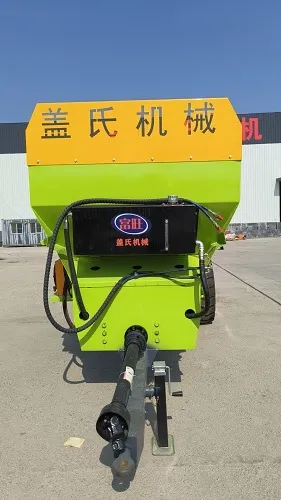wet felting supplies
Exploring Wet Felting Supplies A Beginner's Guide
Wet felting is a beautiful and intricate craft that allows artists to create unique pieces of fabric, accessories, and art using wool fibers. This technique relies on the natural properties of wool and the transformative power of water and agitation. If you’re interested in diving into this fascinating world, understanding the essential wet felting supplies is crucial for a successful start.
Essential Supplies for Wet Felting
1. Wool Roving The most important ingredient for wet felting is wool roving. This is unspun wool that comes in various colors, textures, and fiber types. Merino wool is popular for its softness and fine texture, making it ideal for creating smooth and delicate pieces. A variety of colors allows for creativity, enabling artists to blend shades and patterns in their felting projects.
2. Bubble Wrap or Netting To facilitate the felting process, you'll need a surface that allows for easy agitation while providing some cushioning. Bubble wrap can be used to place your wool layers on for rolling, as it helps to create friction. Alternatively, netting can be wrapped around your wool to keep it together as you agitate it.
3. Hot Water Temperature plays a pivotal role in the felting process. Hot water opens up the wool fibers, allowing them to bond together. You can use a spray bottle for controlled application or a basin for dipping your wool. Be careful not to use boiling water, as it can lead to overheating and damage the wool.
4. Soap A gentle, liquid soap is required to create lather and help the fibers mat together. Wool soap or dish soap are good options. The soap also reduces the surface tension of the water, which helps the wool fibers to move and interlock more easily.
5. Towel and Squeegee After you’ve finished felting, you’ll want to remove excess water from your work. A towel can be used to help absorb some of the moisture, while a squeegee can help press out excess water without damaging the fibers.
wet felting supplies

6. Rolling Pin or Felting Bat Depending on your technique, a rolling pin can assist in rolling your wool layers for agitation. Alternatively, you can use a felting bat, which is a thick felting mat that allows you to roll the wool without damaging it. This step is key, as it increases the friction needed to felt the wool together.
7. Protective Gear Wet felting can be a messy process, so ensuring you have an apron or old clothes is advisable. Additionally, wearing gloves can protect your hands from the soapy water.
8. Workspace Setting up a dedicated workspace is important for any crafting project. Make sure you have a large, flat surface where you can work comfortably. Cover your area with plastic or a washable mat to avoid a soapy mess.
Getting Started
Once you have assembled your supplies, it’s time to start creating. Begin with a simple project, like a felted bowl or a decorative mat. Lay out your wool roving in layers, experimenting with color patterns. Once you’re satisfied, apply hot soapy water and start gently agitating the fibers through rolling or rubbing.
As you gain confidence, explore more complex techniques and designs. Wet felting offers endless possibilities, from vibrant wall hangings to cozy scarves. The tactile nature of the process is incredibly rewarding, and the results are a testament to both patience and creativity.
Conclusion
Wet felting is a delightful craft that can bring joy and satisfaction to crafters of all ages. By gathering the right supplies and being willing to experiment, anyone can create beautiful felted art pieces. Dive into this ancient craft, and let your creativity flow with every bubble of soapy water!
-
What Makes Felt a Great Choice?NewsNov.19,2024
-
Total Mixed Ration (TMR) Feed for CattleNewsNov.19,2024
-
The Ultimate Guide for Felt Polishing WheelsNewsNov.19,2024
-
Industrial Felt for Various ApplicationsNewsNov.19,2024
-
Felt Makeup Bags and Inserts BagsNewsNov.19,2024
-
Choosing the Right Hotel TowelsNewsNov.19,2024
-
Your Go-To Guide For Affordable Wholesale Wool FeltsNewsOct.31,2024







